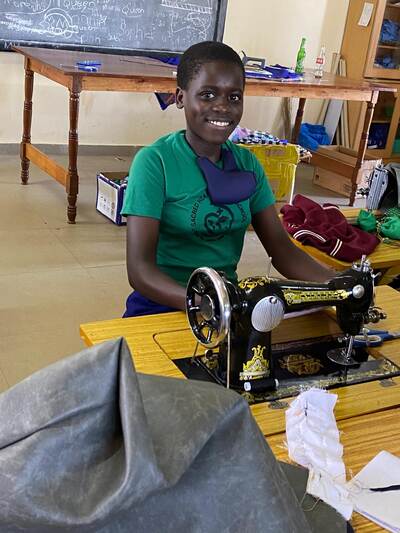Microfinance: A Powerful Tool in the Fight Against Poverty
Empowering Individuals and Transforming Communities
In the global fight against poverty, microfinance has emerged as an innovative and effective tool. Far from being a magic solution, it provides a practical and sustainable approach to empower individuals and communities, enabling them to build a more prosperous future. But what exactly is microfinance, and how is it transforming lives around the world?
Essentially, microfinance refers to the provision of financial services such as small loans (microcredit), savings, insurance, and other financial products to low-income people who lack access to traditional banking services. The main goal is not just to provide money, but to empower recipients to start or expand small businesses, generate income, and ultimately reduce poverty in their own lives and communities.
The Impact of Microfinance on Poverty Reduction
The evidence of microfinance's positive impact on poverty reduction is vast and growing. Numerous studies and success stories show how access to these small financial services can trigger a series of positive changes:
1. Increased Income and Job Creation
Microcredit allows low-income entrepreneurs to invest in their businesses, purchase raw materials, equipment, or expand operations. This often leads to a significant increase in household income and the creation of new jobs, both for the entrepreneur and other community members. For example, a study on MASLOC (Microfinance and Small Loans Centre) in Ghana highlighted its key role in reducing poverty by boosting income levels and consumption patterns.
2. Women’s Empowerment
Women are often the primary beneficiaries of microfinance programs. By gaining access to financial resources, they achieve greater autonomy and decision-making power within their families and communities. This not only improves their own quality of life but also has a multiplier effect, as women tend to reinvest profits in their children’s education and health, breaking the cycle of poverty for future generations. Success stories from organizations like VisionFund and Women's World Banking illustrate how microfinance empowers female entrepreneurs to build thriving businesses.
3. Improved Health and Education
With increased income, families can afford healthcare expenses such as medical consultations and medications, and invest in their children’s education. This includes paying school fees, purchasing school supplies, and accessing better living conditions. Microfinance has been linked to families' ability to pay for school and other educational expenses.
4. Resilience and Financial Security
In addition to loans, savings and insurance services offered by microfinance help individuals build a financial safety net. This makes them more resilient to economic shocks, such as unexpected illness or crop failure, and allows them to plan for the future with greater confidence.
Challenges and the Way Forward
While microfinance is a powerful tool, it is not without challenges. High interest rates, dependence on banking systems, and vulnerability to credit risk are some of the issues microfinance institutions (MFIs) face. Moreover, some argue that, in its current form, microfinance programs alone may not be sufficient to alleviate poverty comprehensively.
To maximize microfinance's impact, it is crucial to:
- Integrate with Other Services: Combining microfinance with skills training, financial education, and market access can amplify its effects.
- Focus on Sustainability: MFIs should pursue sustainable business models that allow them to operate effectively in the long term.
- Innovation and Technology: The digitalization of microfinance offers new opportunities to reach more people and reduce costs, while also presenting challenges that must be managed.
Conclusion: An Investment in the Future
Microfinance is more than just loans; it is an investment in dignity, potential, and the ability of low-income individuals to shape their own destiny. By supporting microfinance initiatives, we contribute to a world where poverty is reduced, communities are empowered, and sustainable development becomes a reality for all. It proves that, with the right tools and proper support, hope can flourish even in the most challenging circumstances.


